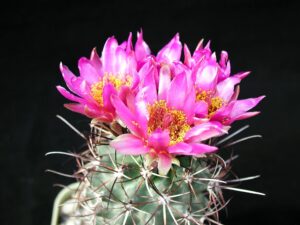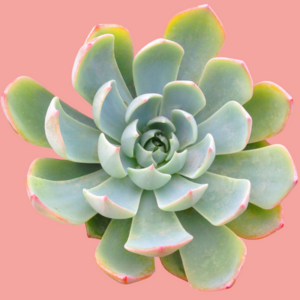The Money Plant, often romantically referred to as a harbinger of prosperity and good fortune, boasts an intriguing Latin name that encapsulates its allure. Commonly recognized as *Pachira aquatica*, this plant is not merely an ornament for embellishing interiors; it embodies a tapestry of cultural significance, particularly in Asian traditions. As we embark on an exploration of the Latin name and its accompanying symbolism, we delve into a world where botany intertwines seamlessly with folklore, belief systems, and the aesthetics of greenery.
When considering the term “Money Plant,” it is essential to note that this name applies to various species. The most renowned, *Pachira aquatica*, occupies a prominent spot in the pantheon of plants celebrated for their supposed ability to attract wealth. This dramatic tree is native to Central and South America, particularly thriving in wetlands. Its soothing green foliage and unique braided trunk lend a sense of tranquility to any space, but its significance extends well beyond mere visual appeal.
Between the intricate leaves and the captivating form lies a rich, complex narrative that is deeply entrenched in cultural consciousness.
Origins of the Latin Name: Unveiling *Pachira aquatica*
The Latin name, *Pachira aquatica*, harmonizes the plant’s characteristics with its historical context. Derived from the Guatemalan term “pachira,” the name suggests a connection to both water and the earth, resonating with the plant’s natural habitats. It typically flourishes in swampy conditions, drawing sustenance from both the soil and riverine ecosystems. The term “aquatica” indicates its affinity for aquatic environments, highlighting its adaptive resilience in nature’s intricate designs.
This tree’s morphology—the structure of its leaves and the distinctive conformation of its roots—evokes curiosity. The leaves, palmate and glossy, radiate outward dramatically, symbolizing abundance and multifaceted prosperity. Each leaf can serve as a metaphorical hand, catching the fortunes that life may bestow. The intertwining of the trunk, often cultivated by enthusiasts into an intricate braid, signifies interconnectedness and unity. Thus, the name *Pachira aquatica* forms a poetic representation of the lush and interconnected realms where it flourished long before it adorned contemporary homes.
Mythos and Legends: The Symbolism of the Money Plant
Virtually every culture has imprinted layers of meaning onto the Money Plant, weaving its existence into the very fabric of societal beliefs. In many Eastern traditions, particularly Chinese culture, *Pachira aquatica* is revered as a symbol of luck and prosperity. It is a staple in Feng Shui practices, often placed at the entrance of homes and businesses to invite wealth and joy. The number of leaves on a Money Plant can represent various blessings: five leaves embody the five elements of life, while seven leaves are thought to draw health into one’s life.
This plant’s symbolism extends beyond mere material wealth. It encourages a shift in perspective. By nurturing this vibrant flora, caretakers cultivate a mindset of abundance and gratitude. The act of caring for a living being can inspire a more profound understanding of life’s interconnectedness and the cyclical nature of giving and receiving.
Furthermore, folklore often narrates tales of chance meetings with the Money Plant. It is said that those who receive a Money Plant as a gift are bestowed with financial luck and benevolence. Such stories cement its reputation as a token of goodwill and hope. When bestowed as a gift, the Money Plant becomes a bridge between relationships, fostering connections rooted in positivity and aspiration.
Caring for Your Money Plant: Fostering Prosperity
To ensure the continued growth of a Money Plant, one must embrace a nurturing approach. Although resilient, *Pachira aquatica* requires specific care to thrive. Placing it in indirect sunlight allows the foliage to bask gently, preventing the leaves from scorching. The watering routine should be equally deliberate; a balance must be struck between sogginess and dryness, for this plant thrives in well-draining soils that mimic its natural habitat.
Additionally, pruning may be implemented to encourage growth and shape while also maintaining the plant’s aesthetic appeal. Prune judiciously to enhance both the visual and symbolic qualities, allowing for a flourishing representation of prosperity and good will within the household.
As the Money Plant flourishes under your care, it transcends ornamental status, evolving into a living beacon of hope and prosperity. The ancient benefits connected to its presence become evident: not only does it purify the air, creating a haven of tranquility, but it also serves as a continual reminder of the abundance that life can offer.
In conclusion, the Latin name *Pachira aquatica* represents more than a mere botanical identification. It encapsulates an entire legacy of cultural significance intertwined with the concept of wealth, well-being, and the nurturing of relationships. Through understanding its name and symbolism, individuals are invited to engage with a broader narrative that fosters curiosity and invites new perspectives on prosperity. With care and reverence, the Money Plant becomes emblematic of life’s plentiful offerings and a subtle prompt to appreciate the richness that surrounds us.





Leave a Comment